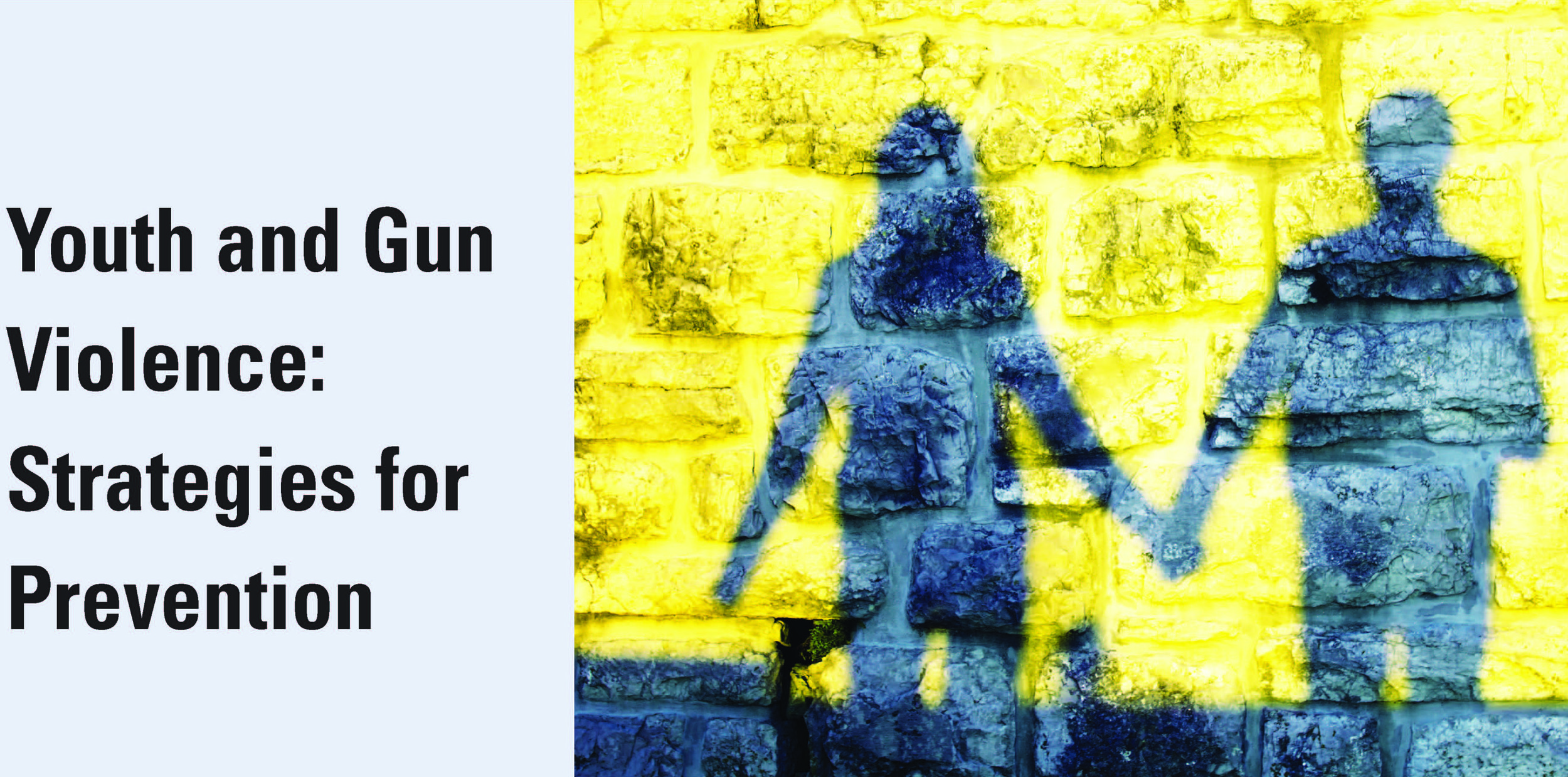Talking about gun violence, prevention strategies as public health policy
Annual Lipsitt-Duchin Lecture at Brown University on May 4 at Brown will feature David Hemenway from Harvard and Rep. David Cicilline
PROVIDENCE – The latest statistics on gun violence and youth in Rhode Island, if anyone is looking, can be found in the 2016 Rhode Island KIDS COUNT Factbook.
It is not the kind of beautiful cityscape or ocean scene that will be posted as part of the latest tourist promotion campaign by the state.
On Page 94, for instance, under the heading of “Gun Violence,” the number of firearm-related deaths and hospitalizations to Rhode Island children and youth under age 20 is made visible by the numbers: between 2010 and 2014, 14 of the 94 injury deaths to that age group were the result of firearms.
From 2010 and 2014, there were also 189 emergency room visits and 59 hospitalizations of children and youth for gun-related injuries, the victims of firearm assaults, self inflicted firearm injuries or accidental shootings.
The Factbook also provides details about the national toll from gun violence: in 2014, there were 2,549 firearm deaths to children and youth under 20; 57 percent were homicides, 36 percent were suicides, and 4 percent were the result of “unintentional” injuries.
Simply put, firearms remain one of the leading causes of death for youth ages 15 to 19 in the U.S.
The presence and availability of a gun is also strongly associated with adolescent suicide risk.
And, there is a significant racial disparity in gun violence deaths: the rate of firearms deaths for Black males among teens was more than four times the rate of White males among teens and three times the rate of Hispanic males among teens.
Cause and effect and prevention
On Wednesday, May 4, David Hemenway, professor at Harvard’s T.H. Chan School of Public Health, will be joined by Rep. David Cicilline to talk about “Youth and Gun Violence: Strategies for Prevention, in the annual Lipsitt-Duchin Lecture in Child and Youth Behavior and Development at Brown University.
ConvergenceRI spoke with Elizabeth Burke Bryant, executive director of Rhode Island KIDS COUNT, one of the co-sponsors of the annual lecture, to discuss the context surrounding the talk.
Burke Bryant called it both a public health and a public health policy issue, saying that Hemenway would discuss his research on gun violence prevention strategies, focusing on the differences between youth victims and youth perpetrators.
In turn, Cicilline would talk about the ongoing efforts in Congress to address gun violence and efforts to work across the aisle to develop bipartisan support for legislation.
A third component, Burke Bryant continued, will be the interaction with the community as part of a question-and-answer segment of the talk.






